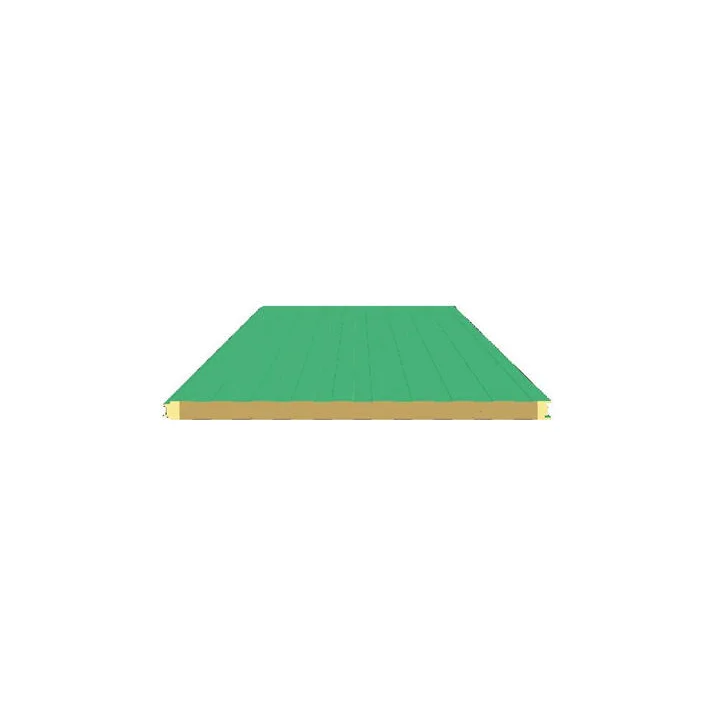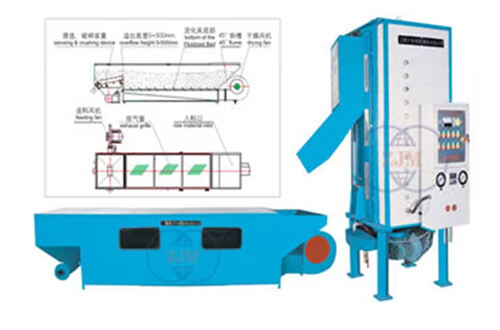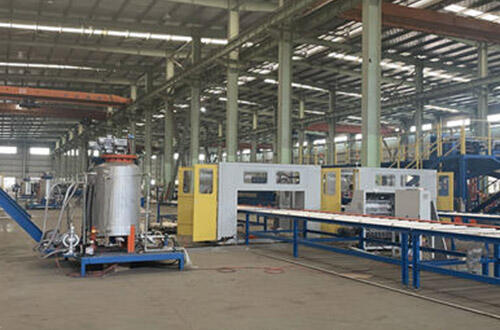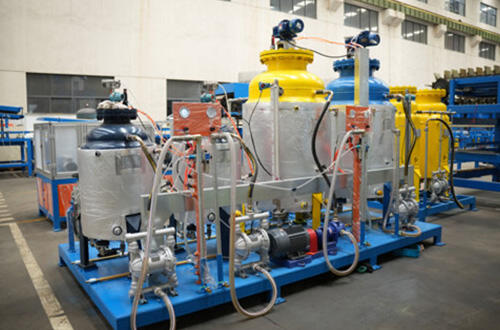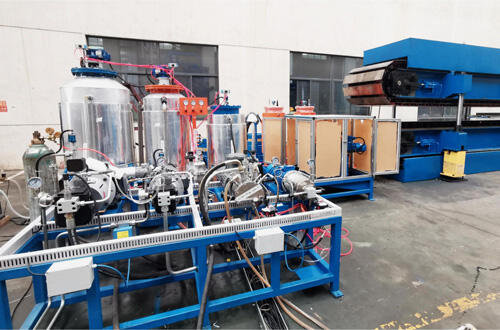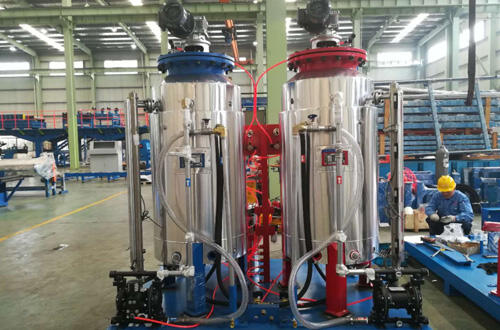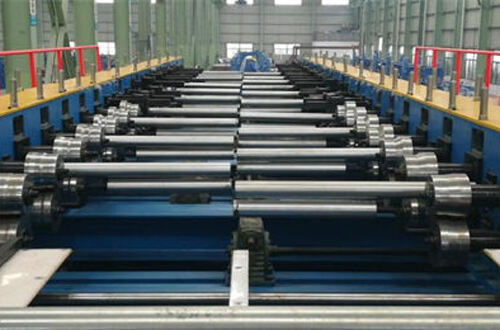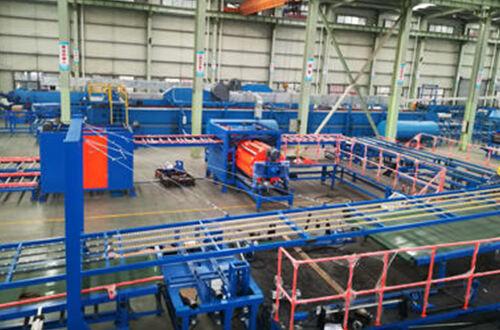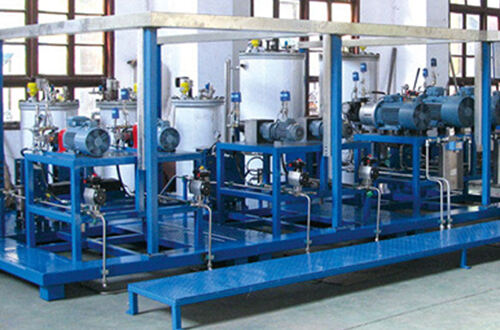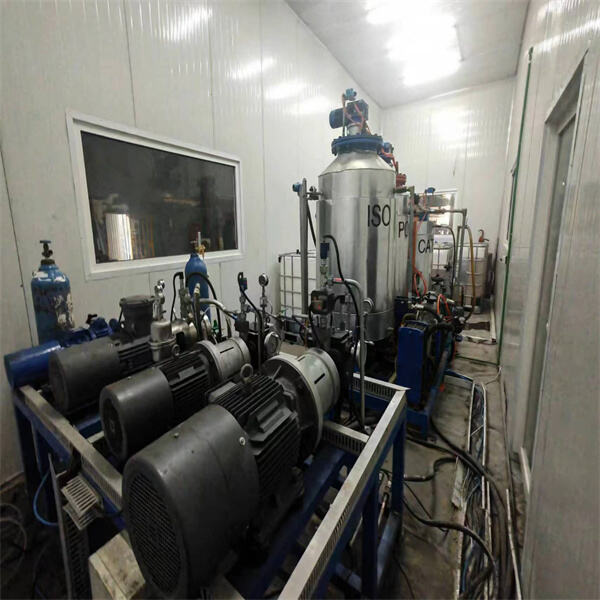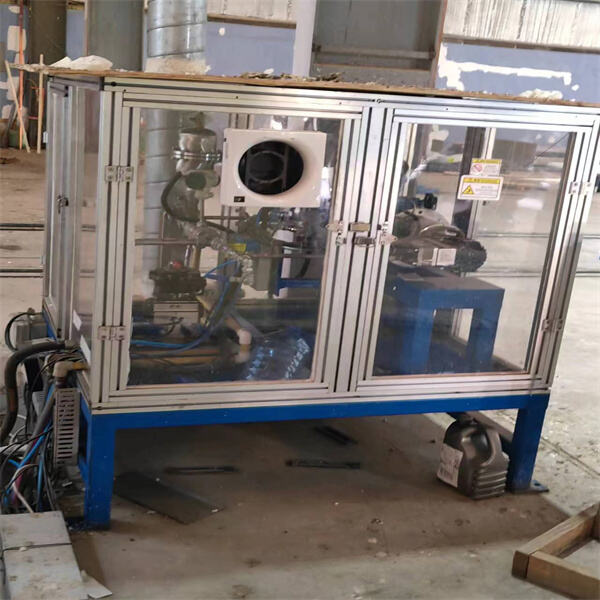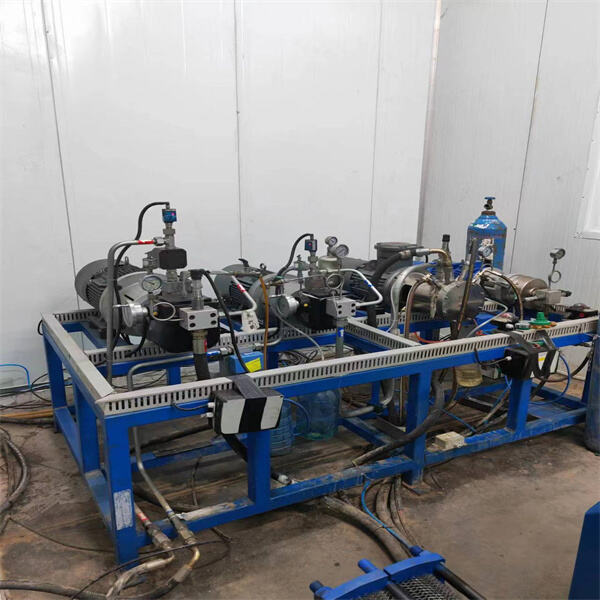Polyurethane foam is one of those special materials that show up in a lot of everyday things, such as mattresses, pillows, and, yes, car seats! Ever stop to think what is this flexible foam made of? Let me break it down for you so you can comprehend it in your own terms!
The process of making polyurethane foam is so fascinating. It begins with two primary components: polyols and diisocyanates. In a polyurethane foam machine these ingredients are brought together. The ingredients are heated, and they’re mixed until they turn into a frothy liquid. This liquid is then poured into mold, where expands and cures into the porous foam we all fondly associate with napping.

 EN
EN
 AR
AR BG
BG HR
HR FR
FR DE
DE IT
IT JA
JA KO
KO PL
PL PT
PT RO
RO RU
RU ES
ES ID
ID LV
LV LT
LT SR
SR SK
SK SL
SL UK
UK VI
VI ET
ET HU
HU TH
TH TR
TR FA
FA GA
GA BE
BE HY
HY AZ
AZ KA
KA BN
BN LA
LA MN
MN NE
NE MY
MY KK
KK TG
TG UZ
UZ